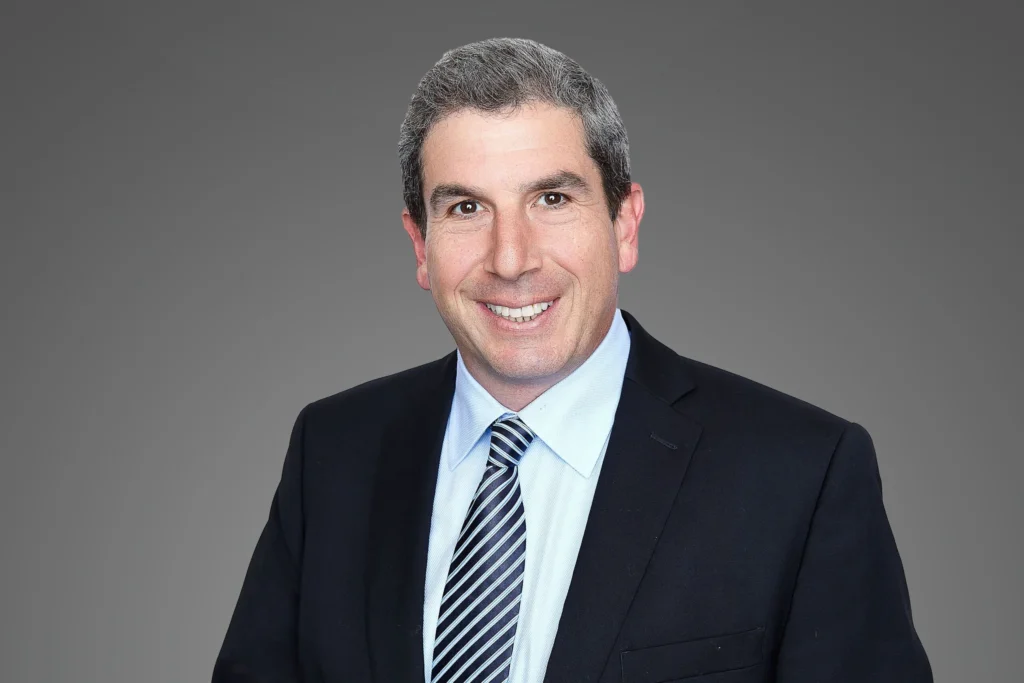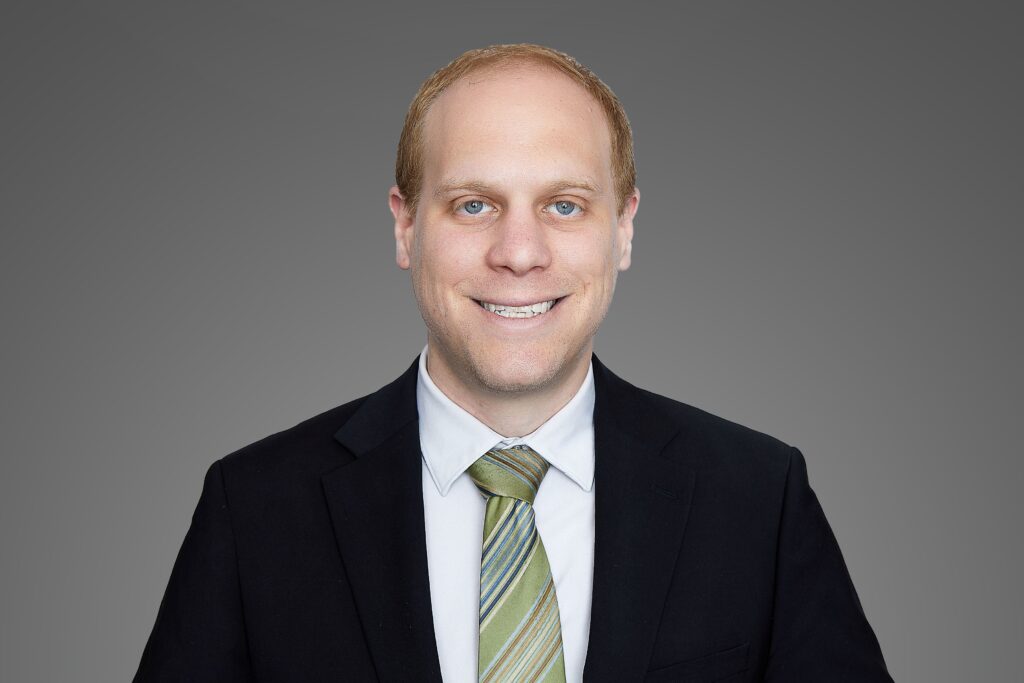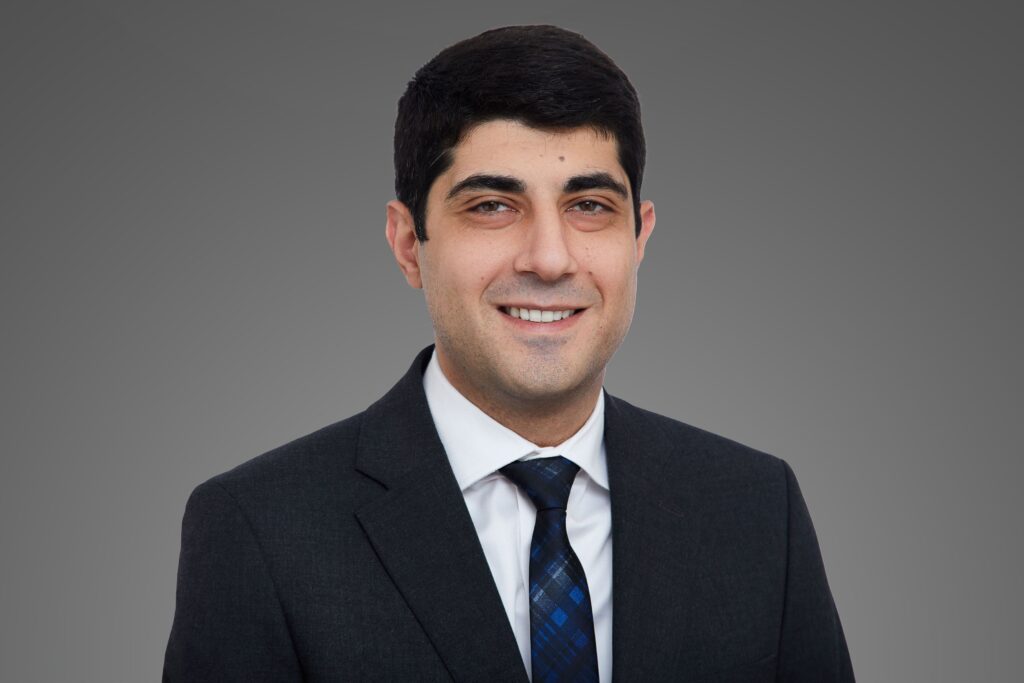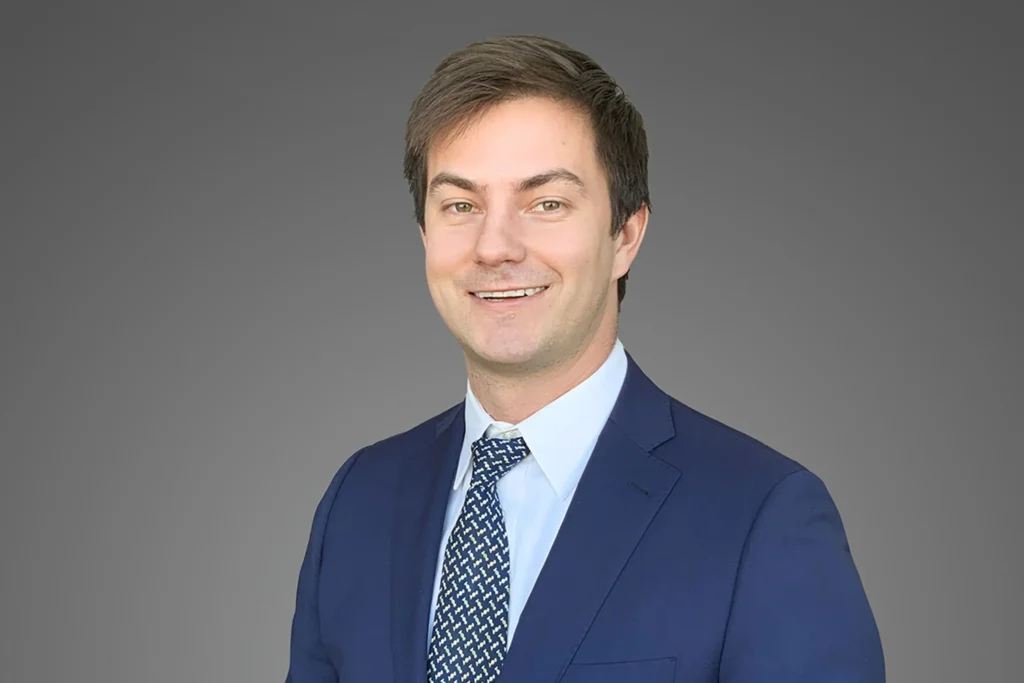
When consumers purchase insurance coverage, they often also purchase what is referred to as an excess policy, also sometimes referred to as umbrella or secondary policies. An excess or umbrella policy is meant to provide coverage beyond the limits of the primary policy, and is considered an extra level of protection. A recent California case, however, demonstrates that excess coverage can be narrower than the primary coverage it is meant to supplement.
In insurance jargon, the primary coverage refers to the insurance that is on the hook immediately for a loss, i.e., the policy where “liability attaches immediatelyupon the happening of the occurrence that gives rise to liability.” (Century Surety Co. v. United Pacific Ins. Co. (2003) 109 Cal.App.4th 1246, 1255 (italics in original).) Examples of primary policies are automobile or homeowners policies. Umbrella or excess coverage is triggered, in contrast, “’only after a predetermined amount of primary coverage has been exhausted.’” (Id.) This means that the umbrella or excess policy kicks in once the primary policy limits have exhausted, meaning paid out in full. The idea is that the umbrella or excess policy will provide insurance coverage for large or catastrophic losses, that exceed the policy limits of the primary policy.
Excess policies generally “follow form” of the underlying primary policy. A follow formexcess policy “incorporates by reference the terms and conditions of the underlying primary policy.” (Haering v. Topa Insurance Company (2016) 244 Cal.App.4th 725, 734.) This means that the excess policy terms and conditions “are the same as the terms and conditions of” the primary policy. (Coca Cola Bottling Co. v. Columbia Casualty Ins. Co. (1992) 11 Cal.App.4th 1176, 1182.)
A recent California Court of Appeal case, however, demonstrates that, even where an excess policy states it follows form to the primary policy, insurance companies can write excess policy coverage that is narrower than the primary policy. On February 3, 2016, the California Court of Appeals, Second Appellate District, issued its opinion inHaering v. Topa Insurance Company. In Haering, the excess policy was a follow form policy, providing that “the provisions of the immediate underlying policy are incorporated as part of this policy.” (Haering,supra, 244 Cal.App.4th at 730.) The excess policy, however, contained an exception where the provisions of the primary policy are “inconsistent with the provisions of this policy.” (Id.) Thus, the excess policy in Haering essentially stated it followed the primary policy except to the extent they are inconsistent.
The primary policy in Haering provided underinsured motorist coverage, the excess policy did not. (Id. at 729-731.) The Court of Appeal in Haering stated the rule that “the obligations of following form excess insurers are defined by the language of the underlying policies, except to the extent there is a conflict between the two policies, in which case . . . the wording of the excess policy will control.” (Id. at 734.) Haeringnoted that the excess policy did not contain a “‘broad as primary” endorsement, which would have ensured coverage under the excess policy for a loss covered by the primary policy. (Id. at 735.) Haering held that the excess policy was limited to third party claims, and did not cover the first party UIM claim because such coverage “would be inconsistent with that limitation.” (Id. at 736.)
The lesson for consumers purchasing excess policies is that they must be diligent in determining whether the excess policy contains provisions inconsistent with the primary policy, which render it narrower. If in doubt, it may be a good idea to ask the excess insurer if a “broad as primary” endorsement can be added to the excess policy, to ensure it provides just as much coverage as the primary policy.








